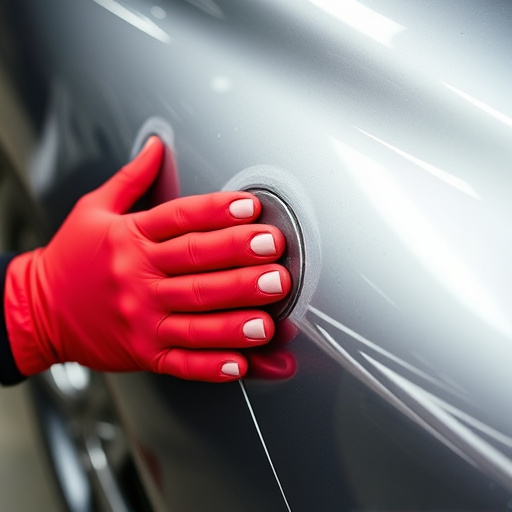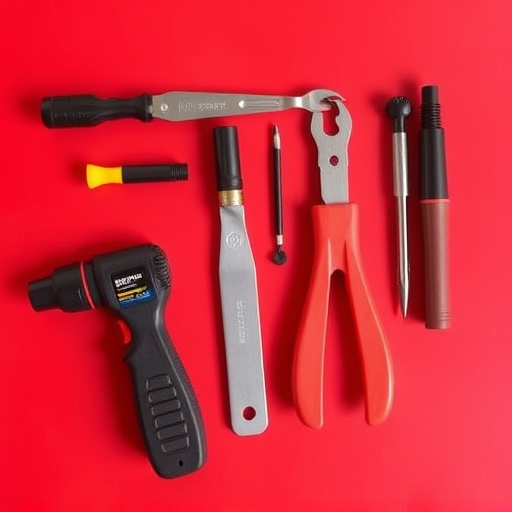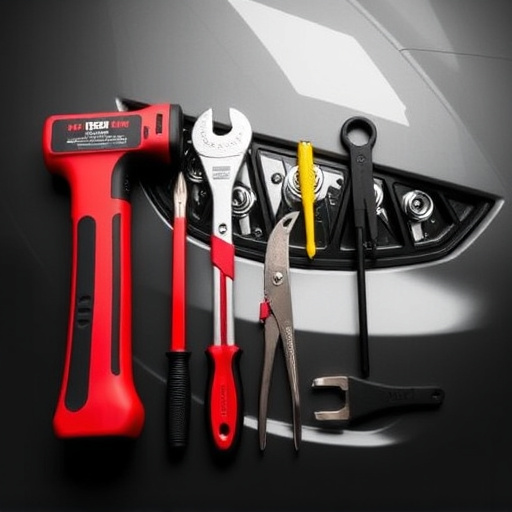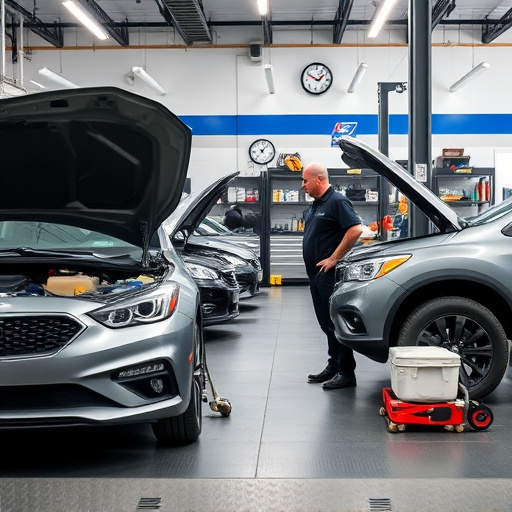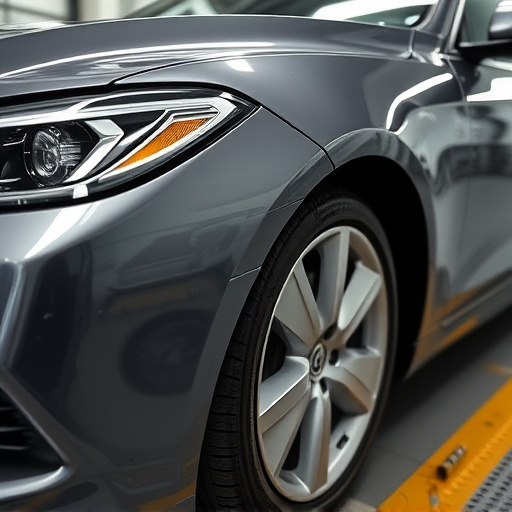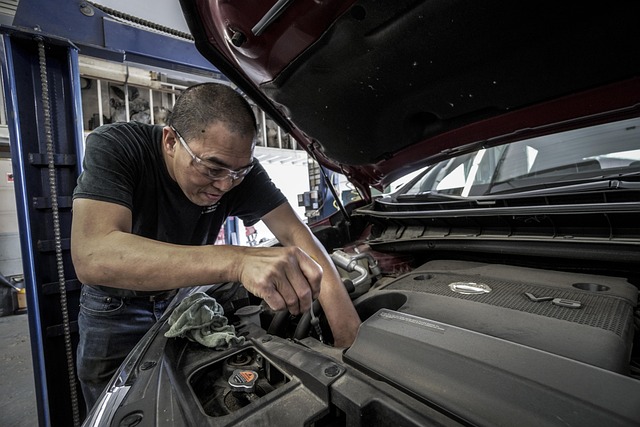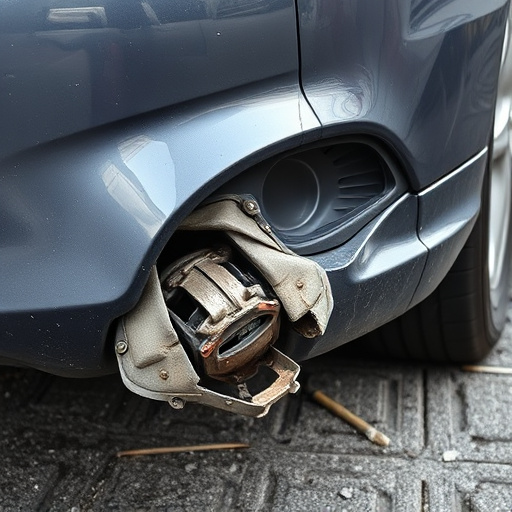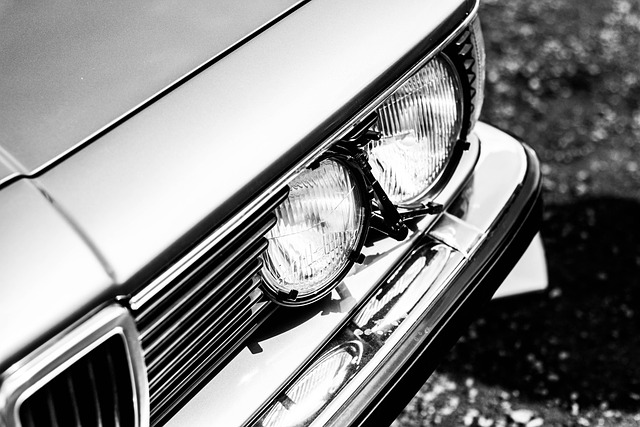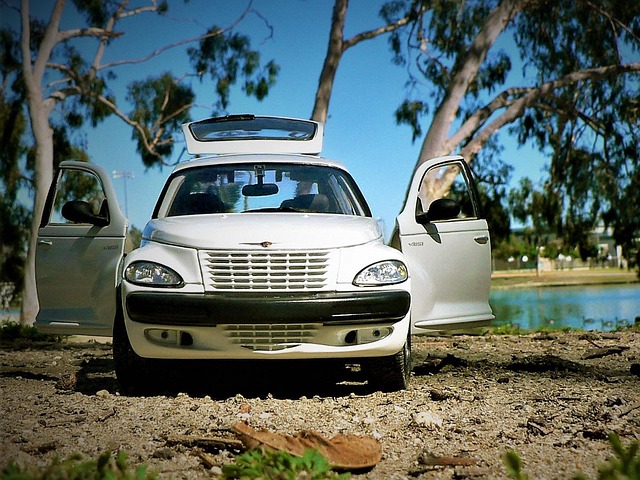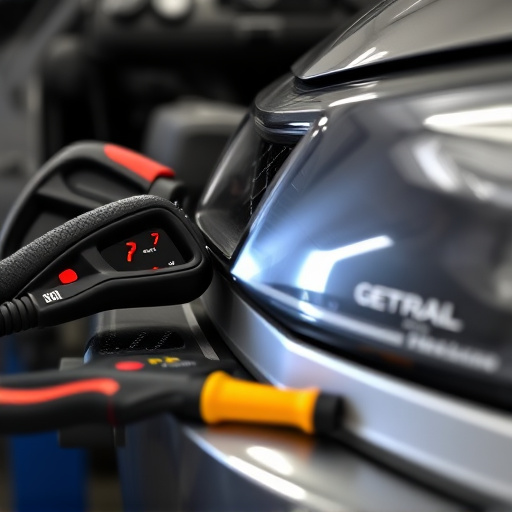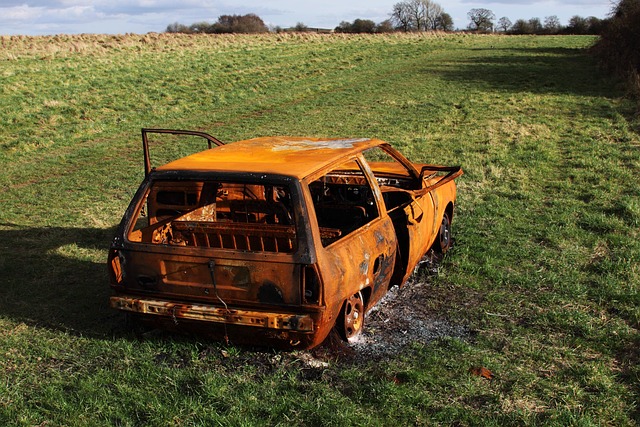In the automotive sector, professionals favor steel panel dent repair for minor exterior damage on vehicles with steel bodies due to its precision and ability to restore metal without visible scars. While aluminum repair techniques exist for modern aluminum-bodied cars, they necessitate specialized tools and skills because of aluminum's lower melting point and tendency to dent easily. Comprehending the unique properties of each material is crucial for achieving optimal results in either type of repair, maintaining the vehicle's exterior in pristine condition.
“In the realm of automotive body repairs, understanding the nuances between different material restoration techniques is key. This article delves into the comparison between two prominent methods: steel panel dent repair and aluminum repair. While both aim to restore damaged vehicles, their unique characteristics demand distinct approaches. We explore the benefits, challenges, and considerations for each technique, empowering professionals and enthusiasts alike to make informed decisions for effective steel panel dent repair.”
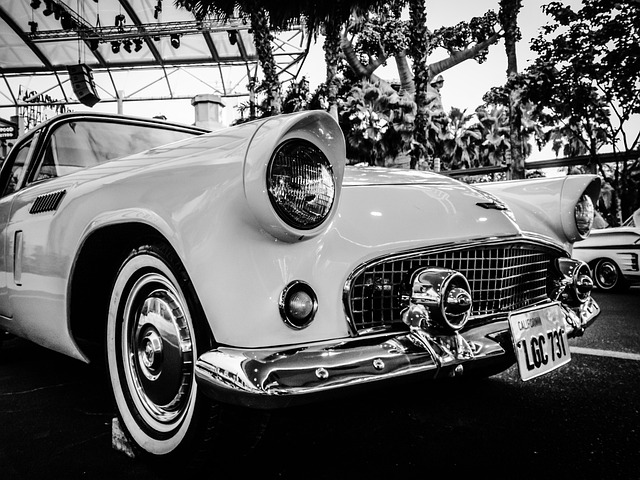
When it comes to repairing dents in vehicles with steel panels, professionals often favor the steel panel dent repair method. This technique is particularly effective for addressing dings, creases, and minor impacts that can mar the exterior of a car. The process involves specialized tools and methods designed to return the metal to its original shape without leaving visible evidence of the damage.
In contrast, aluminum repair techniques are also available, especially for modern vehicles with lightweight aluminum bodies. While these repairs can be equally effective, they require different tools and expertise due to the unique properties of aluminum. Unlike steel, which is known for its strength and ductility, aluminum has a lower melting point and tends to dent more easily, making repair more intricate. Thus, understanding the material—whether it’s steel panel dent repair or aluminum—is crucial for achieving optimal results and ensuring the vehicle’s exterior remains as good as new.
API responded with status code 504.
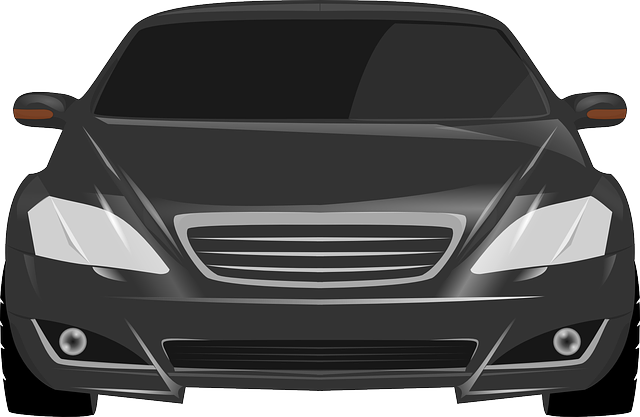
When comparing steel panel dent repair to aluminum repair, understanding the unique properties of each material is key. Steel, known for its strength and durability, presents a different challenge than aluminum. Aluminum repairs often involve specialized techniques due to its lightweight nature and tendency to deform under pressure. In contrast, steel panels, while robust, can be more challenging to fix due to their heavier weight and potential for severe damage.
API responses, such as the one with status code 504 (Gateway Timeout), may occur when dealing with complex dent repair processes. These codes indicate delays in communication between systems, which can be attributed to the intricate nature of material restoration techniques. For steel panel dent repair, professionals must carefully assess each dent, considering factors like size, depth, and location to determine the most effective repair method. This meticulous approach ensures not only a visually appealing outcome but also maintains the structural integrity of the steel panels.
When comparing steel panel dent repair to aluminum repair, each material presents unique advantages and considerations. Steel, known for its strength and durability, often requires more specialized tools and techniques for effective dent removal, while aluminum’s lighter weight makes it easier to manipulate but may necessitate different bonding agents. Ultimately, the choice between the two depends on factors like vehicle type, damage extent, and preferred repair method. For accurate and efficient steel panel dent repair, professionals should consider advanced techniques and equipment to ensure optimal results.
